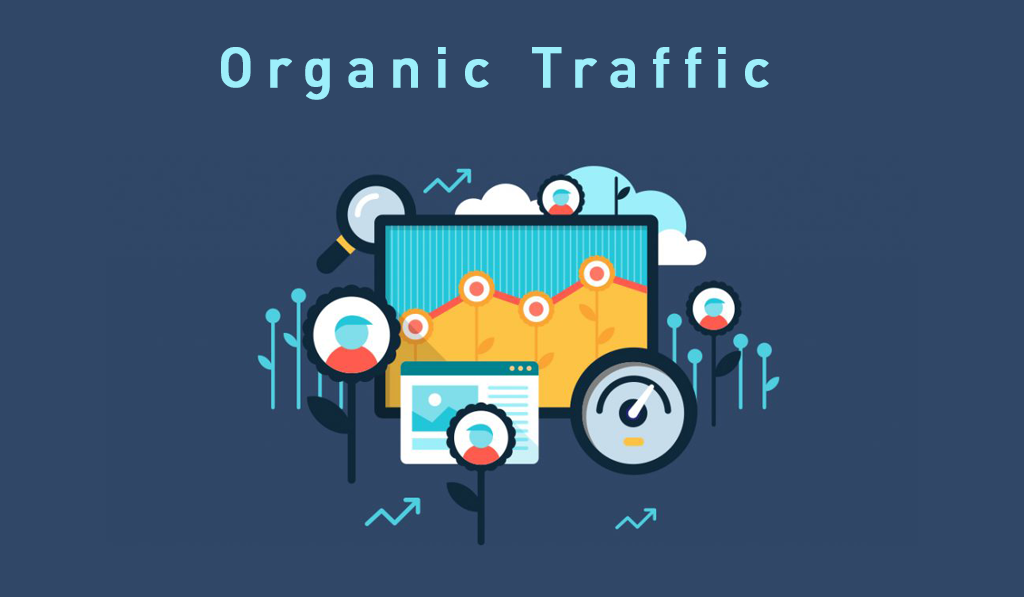Common Affiliate Marketing Mistakes to Avoid

Black Air
October 4, 2024
I. Introduction
A. Definition of Affiliate Marketing
Affiliate marketing is a performance-based marketing strategy where individuals or businesses earn a commission by promoting products or services of other companies. Affiliates share unique links to these products, and when someone makes a purchase through that link, the affiliate earns a percentage of the sale.
B. Importance of Understanding Common Mistakes
Understanding common mistakes in affiliate marketing is crucial for success. Many newcomers fall into traps that can hinder their progress and profitability. By recognizing these pitfalls, you can avoid them and set yourself up for a more successful affiliate marketing journey.
C. Overview of the Article Structure
This article will explore key mistakes in affiliate marketing, including choosing the wrong niche, neglecting quality content, poor traffic generation strategies, and mismanaging affiliate relationships. Each section will provide insights and strategies to help you sidestep these common errors.
II. Choosing the Wrong Niche
A. Lack of Passion and Interest
The Impact of Disinterest on Performance
Choosing a niche that doesn’t resonate with you can lead to burnout and lackluster performance. If you’re not passionate about the products or services you’re promoting, it will show in your content and engagement.
Identifying Your Interests and Skills
Take time to reflect on your interests and skills. What topics excite you? What are you knowledgeable about? Aligning your niche with your passions can lead to more authentic content and a more enjoyable experience.
Balancing Passion with Market Demand
While passion is important, it’s also essential to consider market demand. Research trends and popular products in your area of interest to ensure there’s an audience willing to engage with your content.
B. Ignoring Market Research
Tools for Effective Market Analysis
Utilizing tools like Google Trends, SEMrush, or Ahrefs can help you understand what people are searching for in your niche. These tools provide insights into popular keywords and topics.
Understanding Audience Needs and Preferences
Engage with your target audience through surveys or social media to learn about their needs and preferences. This information can guide your content creation and product selection.
Evaluating Competition in Your Niche
Analyze your competitors to see what they’re doing well and where there might be gaps. Understanding the competitive landscape can help you carve out your unique space.
C. Focusing on Saturated Markets
Identifying Overcrowded Niches
Some niches are oversaturated, making it difficult to stand out. Look for signs of saturation, such as a high number of affiliates promoting the same products.
Finding Unique Angles in Popular Markets
If you’re drawn to a popular niche, consider how you can approach it differently. What unique perspective or experience can you bring to the table?
Strategies for Differentiation
Develop a unique selling proposition (USP) that sets you apart from competitors. This could be a specific focus within a niche or a unique style of content delivery.
III. Neglecting Quality Content
A. Importance of High-Quality Content
Building Trust with Your Audience
High-quality content fosters trust. When your audience sees that you provide valuable information, they are more likely to engage with your recommendations.
SEO Benefits of Quality Content
Search engines favor quality content, which can improve your rankings. Well-researched and well-written articles are more likely to attract organic traffic.
Engaging Readers for Better Conversion Rates
Engaging content keeps readers on your site longer, increasing the chances of conversion. Use storytelling, personal anecdotes, and relatable examples to connect with your audience.
B. Overlooking Content Variety
Types of Content to Consider (Blogs, Videos, etc.)
Diversifying your content can attract a broader audience. Consider incorporating blogs, videos, infographics, and podcasts to cater to different preferences.
The Role of Visuals in Content Engagement
Visuals can enhance engagement. Use images, charts, and videos to break up text and make your content more appealing.
Balancing Different Content Formats
Find a balance between different formats. For instance, a blog post can be complemented by a video summary or an infographic that highlights key points.
C. Failing to Update and Refresh Content
The Importance of Keeping Content Relevant
Outdated content can harm your credibility. Regularly review and update your articles to ensure they remain relevant and accurate.
Strategies for Regular Content Updates
Set a schedule for content reviews. This could be quarterly or bi-annually, depending on your niche and the pace of change within it.
Monitoring Content Performance
Use analytics tools to track which content performs well and which doesn’t. This data can inform your updates and future content creation.

IV. Poor Traffic Generation Strategies
A. Relying Solely on Organic Traffic
Understanding the Limitations of Organic Reach
While organic traffic is valuable, it can be slow to build. Relying solely on it may limit your growth potential.
Exploring Paid Advertising Options
Consider using paid advertising to boost your visibility. Platforms like Google Ads or Facebook Ads can help you reach a larger audience quickly.
Combining Organic and Paid Strategies
A balanced approach that combines organic and paid strategies can maximize your reach. Use organic content to build trust and paid ads to drive immediate traffic.
B. Ignoring Social Media Marketing
Choosing the Right Platforms for Your Niche
Not all social media platforms are created equal. Identify where your target audience spends their time and focus your efforts there.
Creating Engaging Social Media Content
Social media is about engagement. Share valuable content, interact with your audience, and use visuals to capture attention.
Building a Community Around Your Brand
Foster a sense of community by encouraging discussions and interactions. Respond to comments and create a space where your audience feels valued.
C. Not Utilizing Email Marketing
Importance of Building an Email List
Email marketing remains one of the most effective ways to reach your audience. Building an email list allows you to communicate directly with interested individuals.
Strategies for Effective Email Campaigns
Create valuable content for your email subscribers. This could include exclusive offers, informative newsletters, or personalized recommendations.
Measuring Email Marketing Success
Track metrics like open rates, click-through rates, and conversions to gauge the success of your email campaigns. Use this data to refine your approach.
V. Mismanaging Affiliate Relationships
A. Choosing the Wrong Affiliate Programs
Evaluating Program Reputation and Reliability
Research potential affiliate programs thoroughly. Look for reviews and testimonials to ensure they are reputable and reliable.
Understanding Commission Structures
Different programs offer varying commission structures. Choose programs that align with your goals and provide fair compensation for your efforts.
Aligning with Brands that Match Your Values
Promote products and brands that resonate with your values. This alignment can enhance your credibility and make your promotions feel more authentic.
B. Lack of Communication with Affiliate Managers
Importance of Regular Check-Ins
Establish regular communication with your affiliate managers. This can help you stay informed about new products, promotions, and best practices.
Seeking Support and Resources
Don’t hesitate to ask for support or resources from your affiliate managers. They can provide valuable insights and tools to help you succeed.
Building Long-Term Relationships
Cultivating strong relationships with affiliate partners can lead to better opportunities and support. Treat these relationships as partnerships rather than transactions.
C. Failing to Track Performance Metrics
Key Metrics to Monitor for Success
Keep an eye on key metrics such as click-through rates, conversion rates, and earnings per click. These metrics can provide insights into your performance.
Tools for Tracking Affiliate Performance
Utilize tools like Google Analytics or affiliate dashboards to track your performance. These tools can help you identify trends and areas for improvement.
Adjusting Strategies Based on Data Insights
Use the data you collect to adjust your strategies. If something isn’t working, don’t be afraid to pivot and try a different approach.

Conclusion


FAQs
One of the most common mistakes is choosing the wrong niche, which can lead to disinterest and poor performance.
Identify your passions and skills, conduct market research, and ensure there’s demand for the products in your chosen niche.
Combine organic strategies like SEO with paid advertising and leverage social media to reach a broader audience.
Regular communication, seeking support, and aligning with brands that match your values can help maintain strong relationships.
Tools like Google Analytics, SEMrush, and affiliate dashboards can help you monitor your performance and make data-driven decisions.


